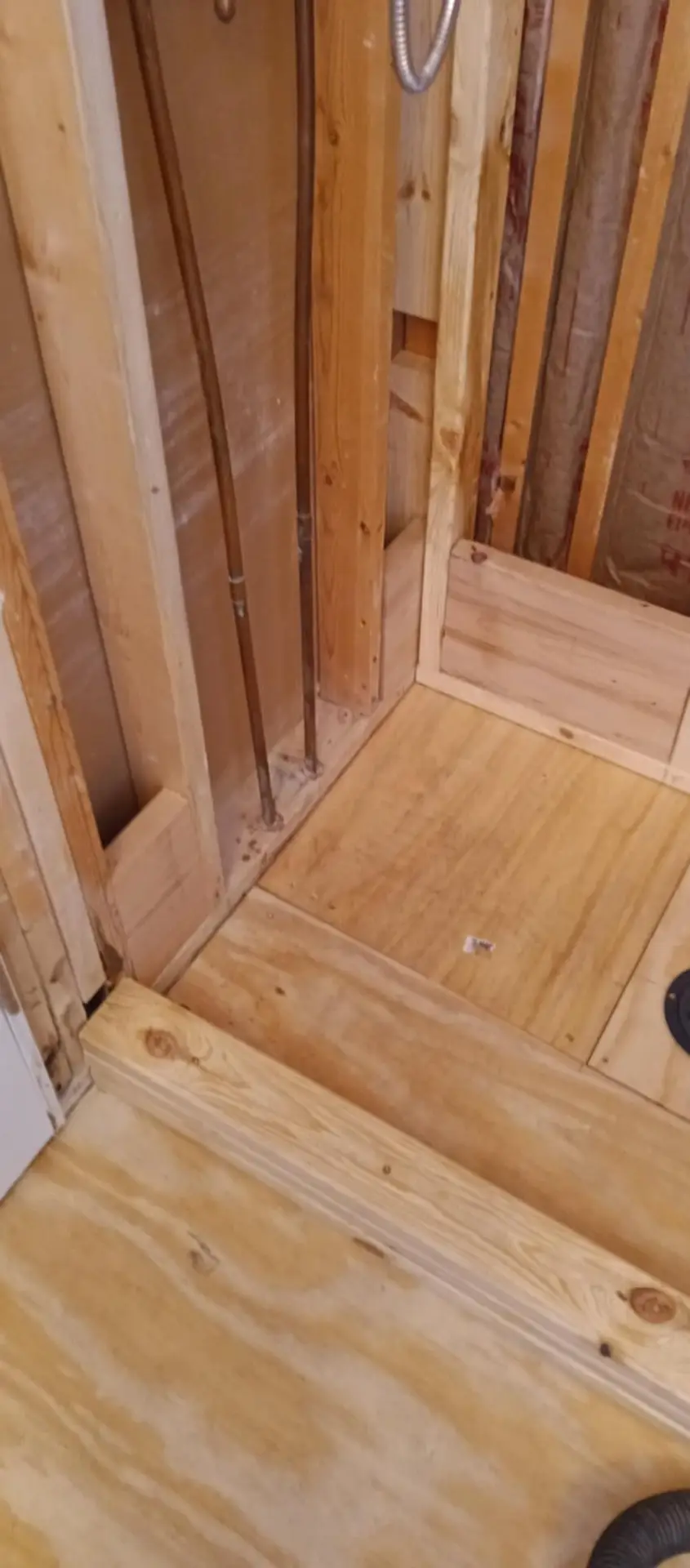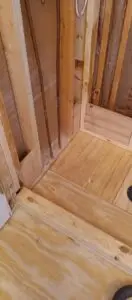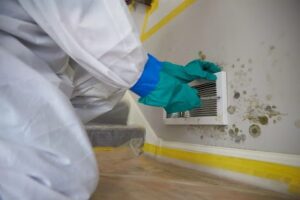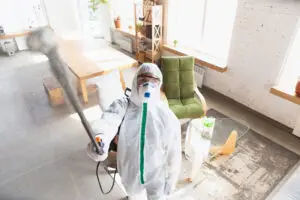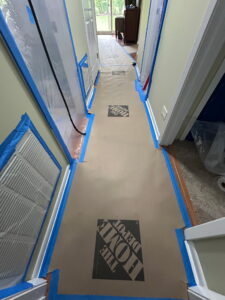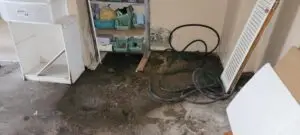The Truth About Mold During Home Renovations — What Most Contractors Overlook
When most homeowners start a renovation, they’re thinking about the fun stuff — new cabinets, fresh paint colors, upgraded flooring. But there’s a hidden issue that can turn your dream project into a costly nightmare: mold hidden behind walls, under floors, or in ceilings.
At Not Your Average Mold Guys, we’ve seen it too many times — a remodel begins, walls are opened up, and suddenly the crew finds mold that’s been quietly growing for years. If it’s not handled correctly, this discovery can cause project delays, inflate your budget, and put your family’s health at risk.
The problem? Most contractors aren’t mold experts — and without the right remediation process, disturbing mold during construction can spread spores throughout your home.
Why Renovations Often Reveal Mold
When a home is lived in, mold can hide unnoticed in places that rarely get disturbed. Renovations change that.
Here’s why mold often shows up during remodeling:
-
Hidden Water Damage: A past leak behind drywall may have dried on the surface but left mold in insulation or studs.
-
Poor Ventilation: Bathrooms, kitchens, and laundry rooms without adequate airflow are common mold hotspots.
-
Roof or Window Leaks: Even a small drip can create a hidden mold colony over time.
-
Flooding History: If water wasn’t dried thoroughly, mold may still be active behind surfaces.
The Risk of Disturbing Mold During Renovations
When contractors tear into mold-affected areas without proper containment, mold spores can:
-
Spread through the air and HVAC system.
-
Contaminate clean areas of your home.
-
Cause allergic reactions, asthma attacks, or other respiratory issues.
Not Your Average Mold Guys Tip: Just because mold is “out of sight” doesn’t mean it’s harmless. In fact, hidden mold can release spores into the air long before you see visible signs.
Signs You Might Have Hidden Mold Before Renovating
Before you start your remodel, watch for:
-
Musty odors, especially when running your AC or heat.
-
Discoloration or warping of drywall or flooring.
-
Soft spots in walls, ceilings, or subfloors.
-
Recent leaks or water stains, even if they were “fixed.”
-
Worsening allergies or respiratory issues indoors.
How Not Your Average Mold Guys Handles Renovation Mold
We work with both homeowners and contractors to inspect, contain, and remove mold safely before construction moves forward.
1. Pre-Renovation Mold Inspection
We use moisture meters, thermal imaging, and visual checks to identify hidden mold before demolition begins.
2. Containment Setup
If mold is found, we seal off the affected area with plastic sheeting, create negative air pressure, and use HEPA filtration to keep spores from spreading.
3. Safe Removal
We remove contaminated materials following strict remediation protocols, including:
-
HEPA vacuuming
-
Antimicrobial treatments
-
Proper disposal of affected materials
4. Clearance Testing
Before the contractor resumes work, we verify the area is mold-free and safe to rebuild.
Case Study: Kitchen Remodel Mold Discovery in Cedar Park
A Cedar Park homeowner hired a contractor to remodel their kitchen. During demolition, the crew found black mold behind the sink wall — likely from a slow leak in the plumbing.
Challenges:
-
The mold covered 6 feet of wall and extended into the adjacent pantry.
-
The contractor didn’t have the tools or training to handle remediation.
Our Solution:
-
Contained the kitchen and pantry to prevent spore spread.
-
Removed contaminated drywall and insulation.
-
Treated wall studs with antimicrobial solutions.
-
Cleared the area for safe reconstruction.
Result: The renovation was delayed only two days instead of weeks, and the homeowner avoided a much larger mold issue.
Why Mold Can Disrupt Your Renovation Timeline
Without proper planning, discovering mold mid-project can:
-
Put your renovation on hold until remediation is complete.
-
Increase costs due to extended labor and material replacement.
-
Require re-permitting in some cases if structural changes are made.
Solution: Schedule a mold inspection before you begin your remodel. It’s faster, cheaper, and safer to deal with mold proactively.
Health Risks of Mold Exposure During Renovations
Renovations already stir up dust and debris — add mold spores to the mix, and indoor air quality can plummet. Health risks include:
-
Nasal congestion and sinus issues
-
Eye irritation
-
Skin rashes
-
Persistent coughing
-
Exacerbated asthma symptoms
For anyone with mold allergies, young children, seniors, or compromised immune systems, the risks are even greater.
Best Practices for Mold-Safe Renovations
-
Pre-Project Mold Check: Always inspect before demo day.
-
Containment First: Never begin demolition on moldy areas without sealing them off.
-
Partner with a Mold Specialist: Let the pros handle remediation before the contractor resumes work.
-
Control Moisture: Fix leaks and improve ventilation before rebuilding.
-
Verify Clearance: Get professional testing to confirm the mold is gone.
Why Choose Not Your Average Mold Guys for Renovation Mold Remediation
-
Specialized Experience: We focus exclusively on mold remediation — not general cleaning.
-
Advanced Tools: HEPA vacuums, negative air machines, and antimicrobial treatments.
-
Contractor Partnerships: We work seamlessly with your renovation team to keep projects on track.
-
Local Knowledge: We understand the mold challenges in Texas and Illinois climates.
Final Word
A home renovation is the perfect opportunity to make your space more beautiful and functional — but it can also reveal mold that’s been hidden for years. Don’t let an unexpected discovery derail your project. With Not Your Average Mold Guys, you can identify and remove mold before it causes delays, cost overruns, or health risks.
📞 Call Not Your Average Mold Guys today to schedule a pre-renovation mold inspection and keep your remodeling project safe and on schedule.


